How Much Gold is There in the World?
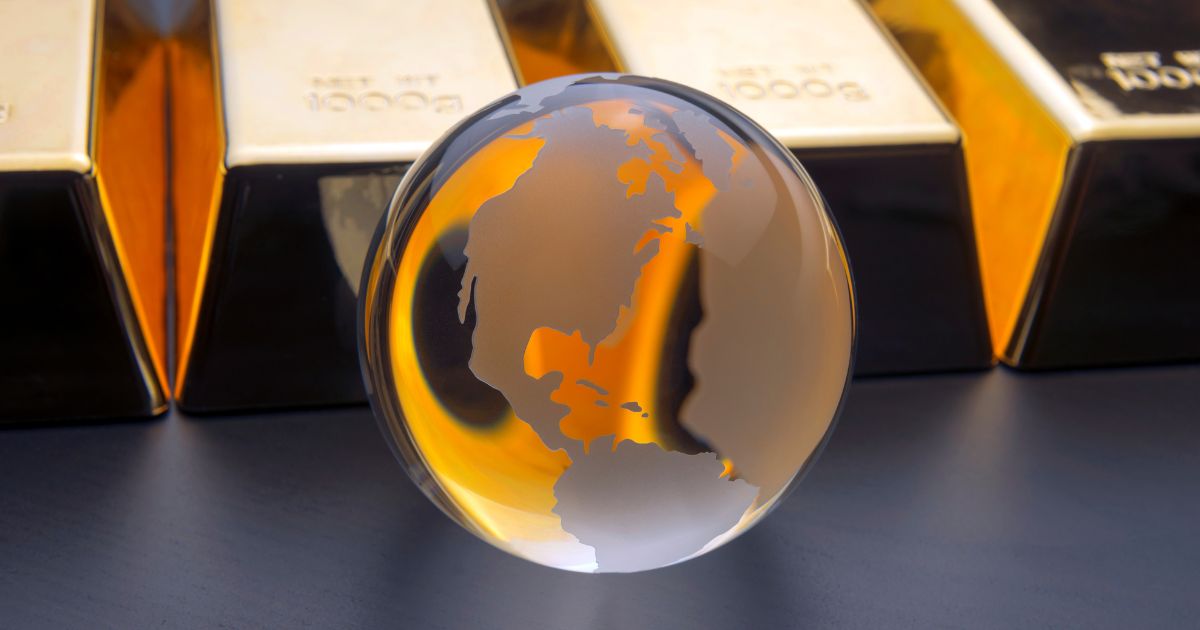
Much speculation surrounds the question- how much gold is there in the world? With gold having been mined throughout history and global gold reserves remaining largely unknown, accurately estimating how much gold exists on Earth is difficult. However, using documented mine production statistics and refinery data, along with analyzing gold distribution in the earth’s crust, geologists have developed methods to estimate global gold reserves.
How Much Gold Has Been Discovered in The World Till Now?
As of now, approximately 244,000 metric tons of gold have been discovered globally. This figure includes both historically produced gold (about 187,000 metric tons) and the current underground reserves (approximately 57,000 metric tons). To put this into perspective, all the gold ever found would fit neatly within a cube that measures 23 meters (75 feet) on each side.
The majority of this precious metal has been unearthed in just three countries:
China
Australia
South Africa
These nations have contributed significantly to the world’s gold supply. Interestingly, the United States ranks fourth in gold production, emphasizing the global distribution of this coveted element
Gold Reserves Per Country
Whilst worldwide gold reserves are projected at approximately 57,000 tonnes, their distribution varies considerably around the globe. According to data from the United States Geological Survey, as of 2021, the country with the largest official national gold reserves was Germany, with 3,366 tonnes.
Following closely was the IMF with 2,814 tonnes stockpiled in its vaults. In third position was the United States, which has around 8,133 tonnes within Fort Knox and other government depositories.
Other major gold holding countries include Italy, France, China, Switzerland, Russia and Japan. Together, national bank reserves account for around 33,000 tonnes of above-ground gold. It’s estimated another 6,000 tonnes reside in the vaults of private organizations like jewellery manufacturers.

How Much Gold Does Australia Have?
As one of the world’s leading gold producers, Australia boasts significant gold reserves of its own. According to data published by Geoscience Australia in 2021, the country holds an estimated 2,300 tonnes within newly discovered deposits as well as currently operating mines. The largest producing region is Western Australia, which accounts for around 75% of all gold sourced within Australia.
Some major mining operations include Barrick Gold’s Porgera and KCGM mines, as well as sites operated by Newcrest and Evolution Mining. Much of Australia’s gold mining history dates back over a century, with expanded exploration efforts continually adding to known reserves. Overall, gold remains integral to the Australian economy, ranking amongst its most valuable mineral exports on global markets.
Methods Used to Estimate Gold Reserves
Several methods have been used over time to estimate global gold reserves and the quantities still left in the ground. One approach involves analyzing gold’s natural distribution in the Earth’s crust based on thousands of samples. On average, according to the World Gold Council, the Earth’s crust contains about 0.004 parts per million of gold. However, gold is not evenly spread and is concentrated in ore veins and deposits.
Geologists also consider documented mine production and refinement quantities to track how much of the planet’s gold has been extracted. Additionally, the United Nations offers its reserve figure aggregating data reported confidentially by national governments worldwide. Through utilizing these established techniques, experts project current global gold reserves at around 57,000 tonnes.
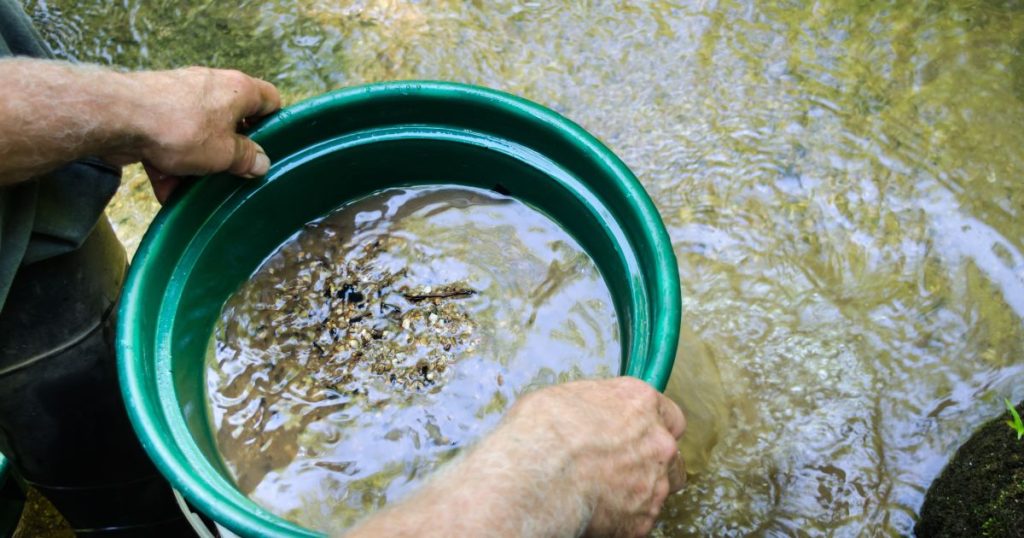
The Future of Gold Production and Consumption
Looking ahead, most analysts project global gold production to gradually decline unless major new discoveries are made. Existing mines are becoming depleted, and fewer large reserve replacements have been found in recent decades. However, various factors could impact both the supply and demand for gold in the future. On the consumption side, population and income growth in developing economies like India and China portend further increases in gold jewellery buying and investments.
Yet more widespread adoption of digital currencies may gradually curtail physical gold’s role as a store of value. Overall, whether reserves rise or fall will depend heavily on exploration successes, investment trends, geopolitical circumstances and discoveries of advanced extraction methods.
Conclusion
In conclusion, while precisely quantifying global gold reserves remains an estimation due to variables such as undiscovered deposits, this discussion has illuminated our current understanding based on statistical methods. Around 57,000 tonnes of gold are believed to exist above ground as of documented mining to date, with leading holder Germany closely followed by international banks and the United States.
Australia ranks amongst the top gold-producing nations, boasting over 2,000 tonnes within operating mines and newfound sources. Overall production trends going forward will likely depend on exploration successes, technology advances, and consumption patterns influenced by economic and cultural shifts. The distribution and future of the world’s gold supplies continue evolving – however, increased transparency insights into reserves reinforce gold’s enduring value as a commodity has interwoven into currency, jewellery, and investments across continents.
Categoriesss
Latest Posts
-

Digital Gold vs. Physical Gold: A Comprehensive Guide
March 1, 2024 -

How is Gold Mined in Australia: A Deep Dive into the Extraction Process
February 21, 2024 -

How To Get The Most Money For Your Gold Jewellery
February 15, 2024 -
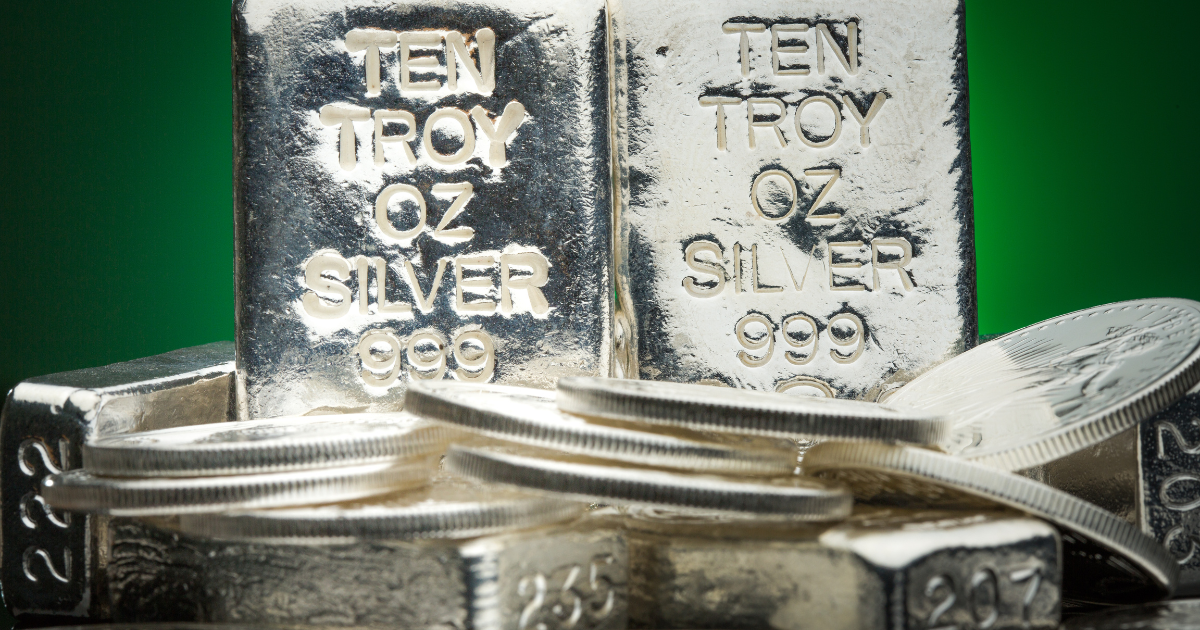
Beginner’s Guide on How To Sell Silver in Australia
February 7, 2024 -

How To Invest in Silver in Australia For 2024?
January 31, 2024 -
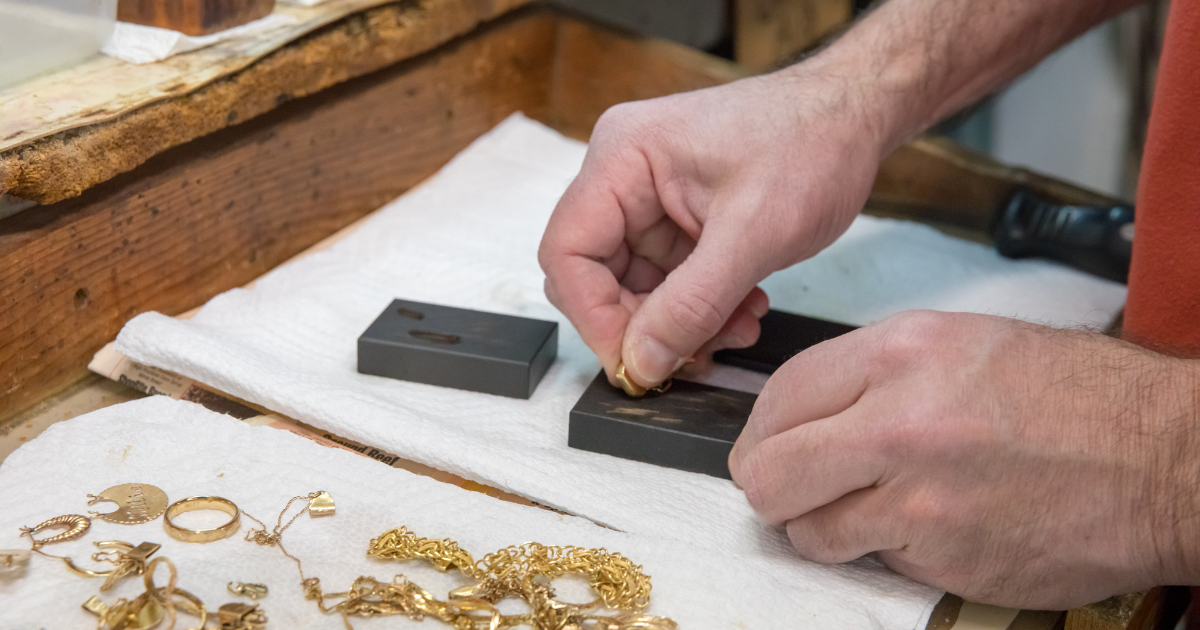
How Gold is Tested? All You Need To Know
January 25, 2024 -

Gold Bullion and SMSF – All You Need To Know
January 19, 2024 -

Cast Bars vs Minted Bars – Clear Comparison
January 10, 2024 -

What is Platinum?
January 2, 2024 -

How To Invest in Gold ETF
December 21, 2023 -

The Largest Gold Nuggets Ever Found
December 18, 2023 -

What is Digital Gold and How Does it Work?
December 13, 2023 -

Best Ways To Invest in Gold in Australia
December 7, 2023 -

How Much Gold is There in the World?
November 29, 2023 -

Where and How To Store Gold and Silver?
November 23, 2023 -

The Relationship Between Gold and Inflation Over the Australian History
November 16, 2023 -

How Does Gold Refining Work?
November 9, 2023 -
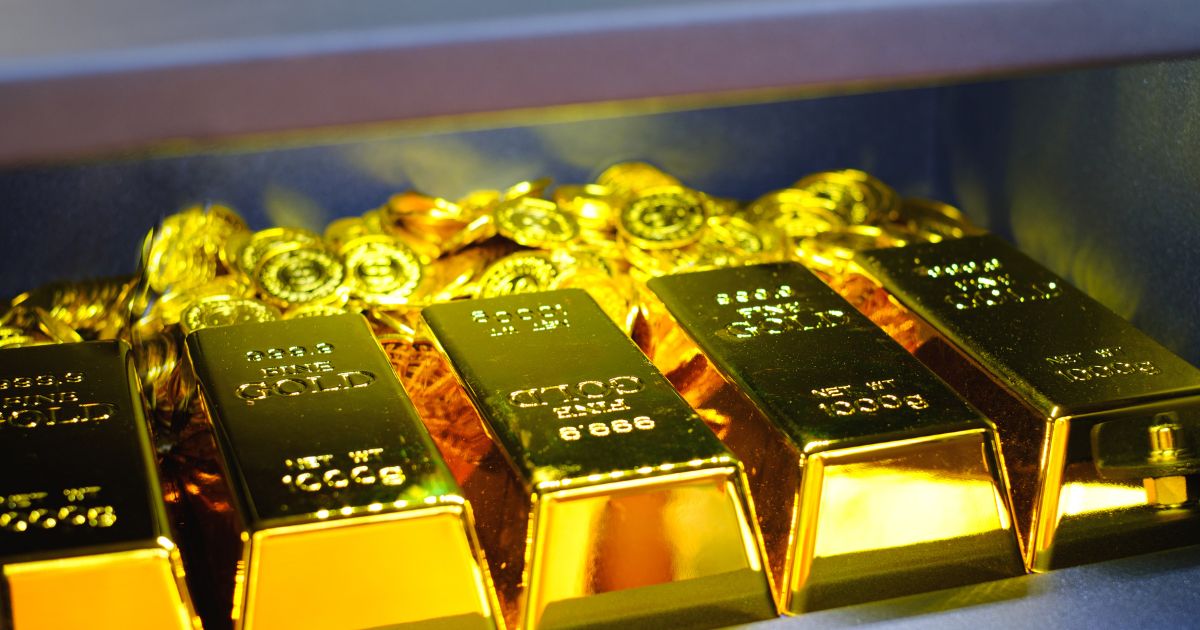
Gold Bars vs Gold Coins: What Should You Buy?
November 1, 2023 -
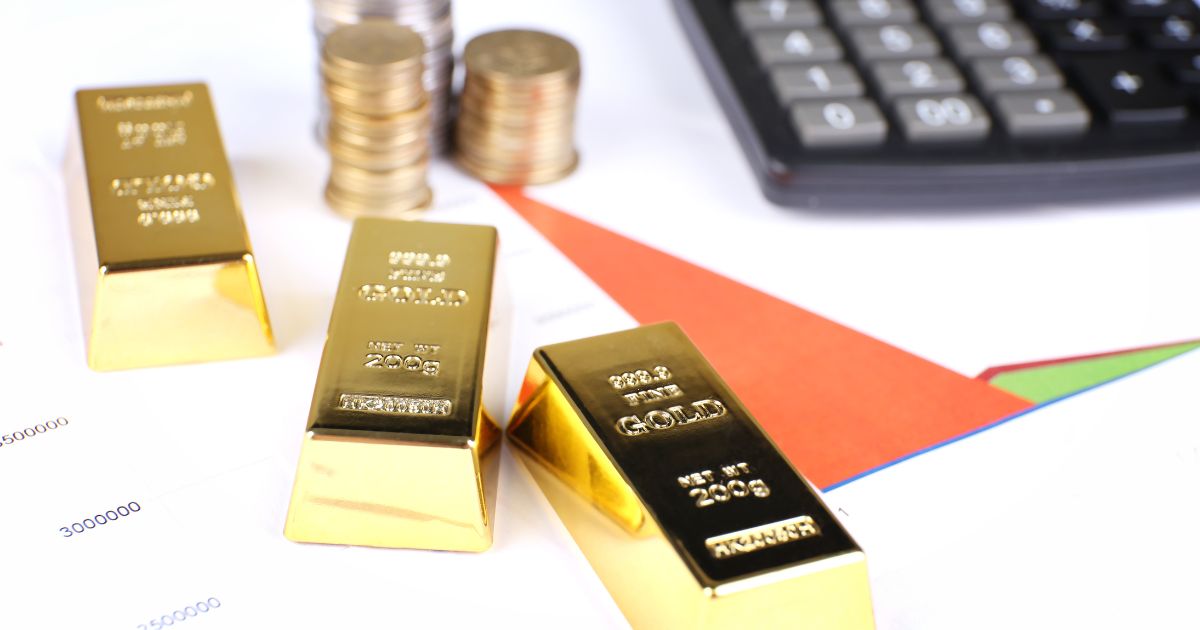
Know The Cheapest Way To Buy Gold
October 25, 2023 -

Why Invest in Gold? Top Reasons to Consider
October 18, 2023 -

How Much Gold Can You Buy Without Reporting in Australia?
October 15, 2023 -

The Best ASX Gold Stocks in Australia For 2023
October 9, 2023 -
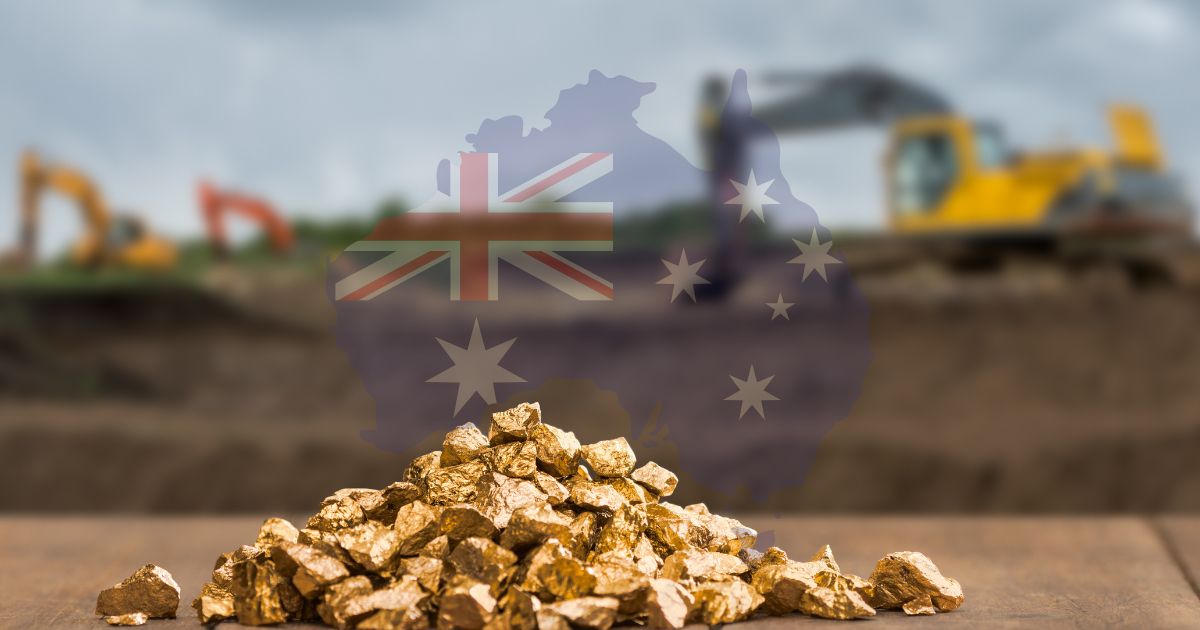
Top 10 Australian Gold Mining Companies in 2023
October 5, 2023 -

How to Sell Jewellery in Australia?
October 4, 2023